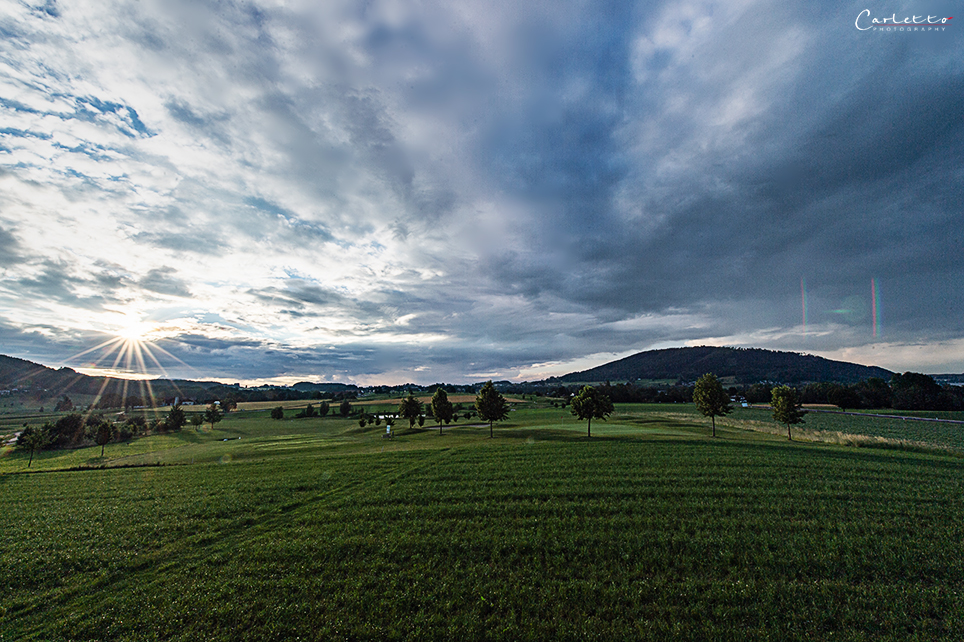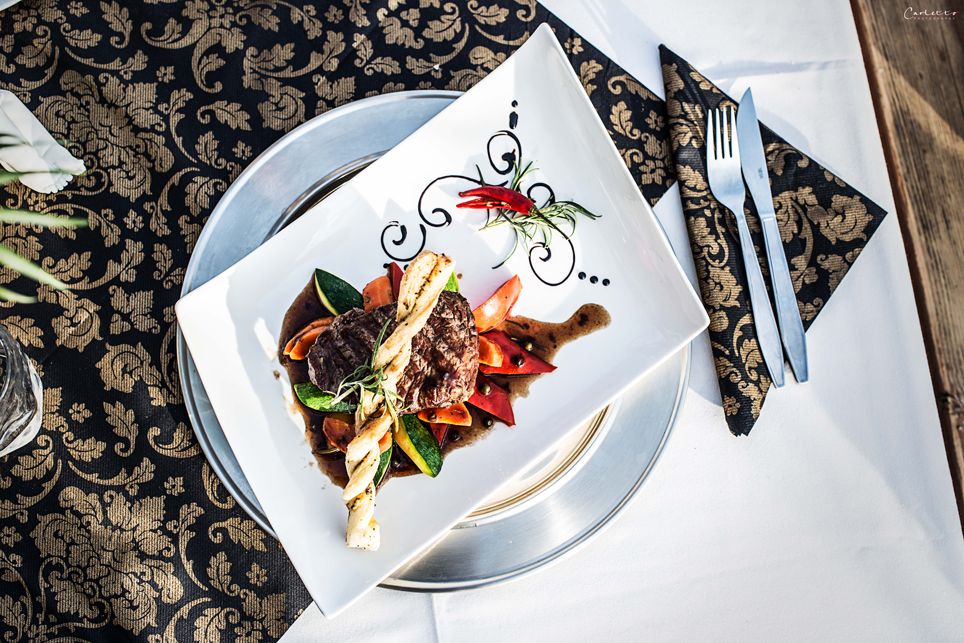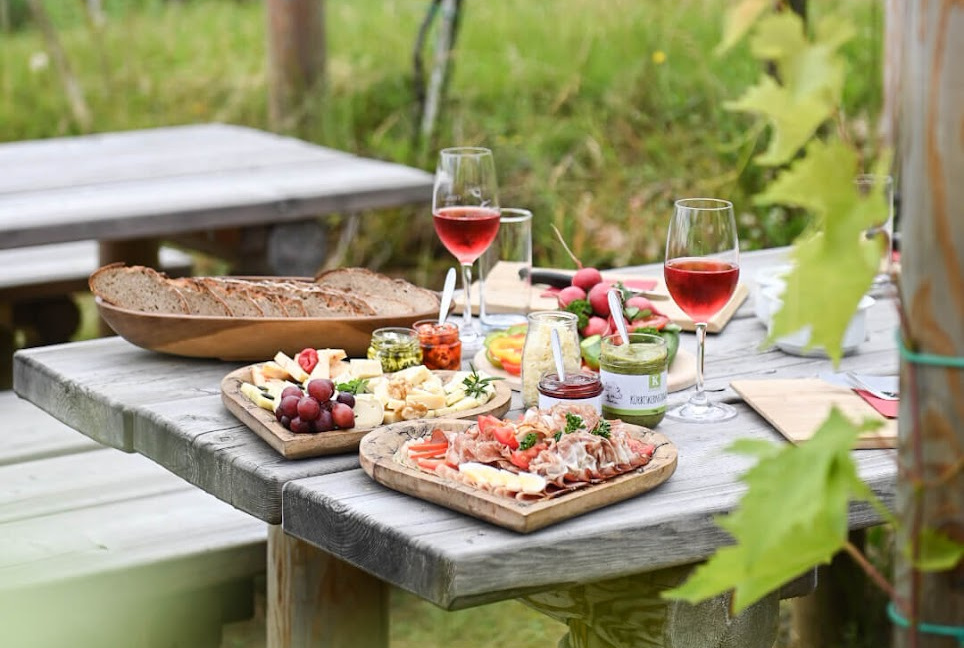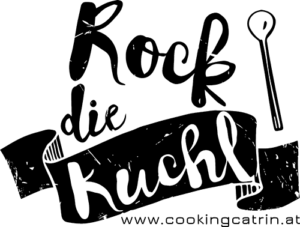Together with marine biologist Chiara
Dear Chiara, please introduce yourself…
I am Chiara Fumagalli from Milan, Italy. Despite growing up in a crowded and busy town (or maybe because of that) I have always been attracted by nature, wildlife and by the ocean especially. After completing my studies in Milan I have started working abroad pursuing a career in marine conservation.
My first experience at Coco Palm Dhuni Kolhu as marine biologist was in 2002 for a short period of time and it was love at first sight! Years later, from 2012 to 2016 I had the chance to become Coco Collection’s Resident Marine Biologist, a role that allowed me to launch several conservation projects that are still ongoing.
Since November 2022 I am happily back working for Coco Collection as Sustainability Consultant, taking care of initiatives aimed at preserving the ecosystem of an island as a whole: the land, the ocean and the community. Needless to say it, on top of the pleasant working relationship, I am deeply in love with the islands!
What is your job at Coco Collection?
I love to say that my job here is to always find the best way to create happy coexistences. A resort island, inhabited by staff and guests, is a little world by itself. We need a balance between our daily needs in terms of energy, water and general consumptions and the stunning nature around us that is our very first attraction.
Defining this coexistence in a ever changing world and in a ever changing tourism industry is a fascinating and difficult task and I am working at doing my part together with my colleagues.
What are the most important changes in all this years (regarding 1. the sea & beaches 2. the reef, 3. People and island life?
The changes are visible and are similar to the ones we can see everywhere else in the world. Weather has become more unpredictable and the winds and the currents that affect the shape of our beaches and the health of our coral reefs are also becoming more unpredictable. We keep preserving our lush island vegetation and our underwater seagrass to counter erosion and we explain our visitors about the role of warming waters in causing losses in terms of coral reefs extension. The reefs are not the same as they used to be, they are different; hard corals have been replaced by more soft corals and when we observe the fish we can see many herbivorous feeding on growing algae. However the most important change I see is the general increase in environmental awareness in people. Only 10 years ago it was still an effort to talk about nature conservation and the basic knowledge was really low. Nowadays the general public is keen to ask, discuss and deepen these topics and especially it is wonderful to me to see a new Maldivian generation taking the responsibility and the leading role in preserving their country’s natural beauty.
Sustainability is not just a buzzword at Coco Collection, it is done over years (also or mainly because of you!), please tell us the most important implementations…
Sustainability has always been at the hearth of this Maldivian company. Coco Palm Dhuni Kolhu will turn 25 in 2023 and if you look at the architecture, the furniture, the design and the overall concept it was so much ahead of its time!
Amongst the many initiatives we are especially doing well when it comes to waste management. Dhuni Kolhu has been one of the first Resorts at producing on site glass bottled drinking water through a desalination plant. Through the years we have managed to reduce the usage of disposable plastic to the very minimum, we recycle on site a big portion of waste by composting and by growing herbs, vegetable and fruits in our chef’s garden, by using crashed glass as construction material, by using grey waters for watering, by constructing, repairing and recycling whatever possible in our carpentry and so on.
What can other resorts do and learn and in terms of visiting an Island, what can visitors do?
In general I see room for improvement when it comes to saving energy.
Each Resort and each person is different but keeping in mind that all energy consumed is produced on the island should be taken more into consideration.
A nice example I use is the lighting. To me it should be part of the experience to live for a while with less artificial light. It allows you to use more the other senses, to admire the moon and the starts better, to adjust your body to natural daylight changes and last but not least to care for the welfare of the other islands inhabitants like birds and crabs and nesting sea turtles.
I would also like visitors to be able to appreciate more the locally sourced food and to ask for more of it and to bring back home with them any empty plastic packaging instead of leaving it on the island.
Nature, sea flora and fauna is so special here: please let us know what Maldives visitors can do to protect?
All I’ve said above and more just by simply not touching or collecting anything.
In the end it’s quite simple: just watch!
Also if visitors are keen to take part to conservation initiatives there’re plenty of them ongoing, from reef restoration to sea turtles and manta photo-identification, participating to citizen science projects is an excellent way to give a meaningful contribution.
What is your favorite sea animal and why?
A very difficult question but I will answer sea turtles! I am deeply fascinated by these animals, by their elegance, strength and personality and especially by their ability to travel the oceans without getting lost. One of the most beautiful thing that ever happened to me is to have Photo-identified a large number of sea turtles individuals through their facial scale pattern and to have the chance to keep encountering them again underwater after more than 10 years. From a scientific perspective, finding the same individual feeding at the same reef after a decade is a relevant data, from a personal perspective is simply mind blowing!
Oliver Ridley Project Marine Turtle Rescue Centre: you were part of the genesis of the project. What do you do at CPDK, what can people do?
The Marine Turtle Rescue Centre at Coco Palm Dhuni Kolhu is a dream come true.
My role (apart from dreaming big) was to work at establishing the partnership within the Olive Ridley Project and Coco Collection in 2015 and at kick-starting the fund raising initiatives that lead to the genesis of the project.
The center opened in 2017 and it has treated more than 200 patients so far.
It’s a fully -equipped, veterinary run rescue center managed by the resident Olive Ridley Project team of vets, nurse, interns and volunteers. The veterinary clinic is also fully equipped with a laboratory, x-ray and ultrasound machines, an endoscope and surgical facilities. It also plays a major role in education and outreach within the local and international community. People are always welcome to visit the center and their patients, to donate for supporting the projects and to volunteer at the center to have a life changing experience!
ORP Rescue center, what else is done by your turtle initiatives?
At Coco Palm we have started the sea turtles photo-identification project back in 2013. We have now hundreds of sea turtles individuals (hawksbill and green sea turtles mainly) in our database and everyone on the island is involved in the project lead by our resident marine educator. Registering individual sea turtles encounters allows us to get reliable information about the population structure, distribution, habitat use and migration patterns and help developing appropriate conservation strategies for this critically endangered species.
We are also lucky enough to have green sea turtles nesting on our beaches throughout the year and we had a record year in 2022 with 34 recorded nests!
At Coco Palm Dhuni Kolhu we have been awarded a permit by the Environmental Protection Agency for monitoring of our sea turtle nesting and collecting valuable scientific data in collaboration with the Olive Ridley Project.
We had the chance to get a little in And in the end because we totally felt in love with both islands, but Coco Palm got us at all, why is it so special here?
As per D.H. Lawrence “Water is H2O, hydrogen two parts, oxygen one, but there is also a third thing, that makes it water and nobody knows what it is.”
Coco Palm is a beautiful tropical island, surrounded by the ocean but there is a third thing that makes it so special and nobody knows what it is.
But it is the most special place in the world to me, and not to me only!




















Kommentare